Flashback to 1995: Clinton was in the White House, Star Trek Voyager premiered, we all carried pagers in the pre-mobile phone era, and Windows 95 and the Internet itself was shiny and new to most of us. It was also on this day in late 1995 when our premier eyes on the Sun—The SOlar Heliospheric Observatory (SOHO)—was launched. A joint mission between NASA and the European Space Agency, SOHO lit up the pre-dawn sky over the Florida Space Coast as it headed space-ward atop an Atlas IIAS rocket at 3:08 AM EST from launch complex 39B at Cape Canaveral Air Force Station.
Envisioning SOHO
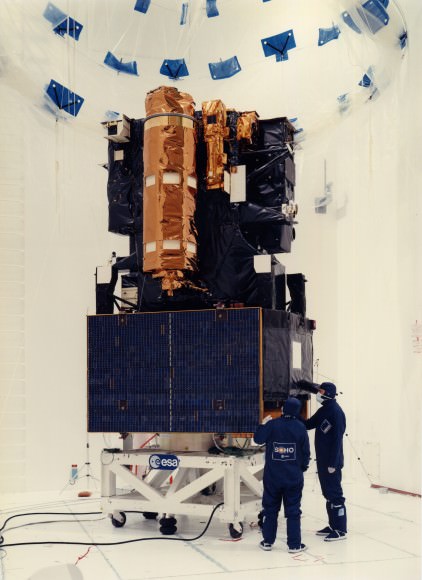
There aren’t a whole lot of 20th century spacecraft still in operation; SOHO joins the ranks of Hubble and the twin Voyager spacecraft as platforms from another era that have long exceeded their operational lives. Seriously, think back to what YOU were doing in 1995, and what sort of technology graced your desktop. Heck, just thinking of how many iterations of mobile phones spanned the last 20 years is a bit mind-bending. A generation of solar astronomers have grown up with SOHO, and the space-based observatory has consistently came through for researchers and scientists, delivering more bang for the buck.
“SOHO has been truly extraordinary and revolutionary in countless ways,” says astrophysicist Karl Battams at the Naval Research Laboratory in Washington D.C. “SOHO has completely changed our way of thinking about the Sun, solar active regions, eruptive events, and so much more. I honestly can’t think of a more broadly influential space mission than SOHO.”
SOHO has monitored the Sun now for the complete solar cycle #23 and well into the ongoing solar cycle #24. SOHO is a veritable Swiss Army Knife for solar astrophysics, not only monitoring the Sun across optical and ultraviolet wavelengths, but also employing the Michelson Doppler Imager to record magnetogram data and the Large Angle Spectrometric Coronograph (LASCO) able to create an artificial solar eclipse and monitor the pearly white corona of the Sun.
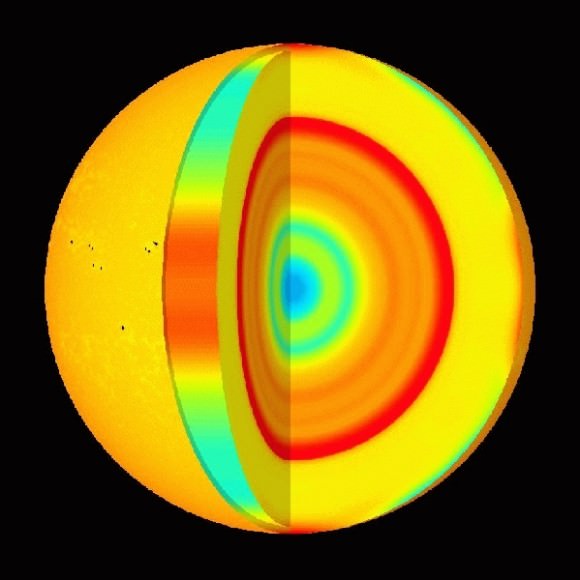
SOHO observes the Sun from its perch one million miles sunward located at the L1 Sun-Earth point. It actually circles this point in space in what is known as a lissajous, or ‘halo’ orbit.
SOHO has revolutionized solar physics and the way we perceive our host star. We nearly lost SOHO early on in its career in 1998, when gyroscope failures caused the spacecraft to lose a lock on the Sun, sending it into a lazy one revolution per minute spin. Quick thinking by engineers led to SOHO using its reaction wheels as a virtual gyroscope, the first spacecraft to do so. SOHO has used this ad hoc method to point sunward ever since. SOHO was also on hand to document the 2003 Halloween flares, the demise of comet ISON on U.S. Thanksgiving Day 2013, and the deep and strangely profound solar minimum that marked the transition from solar cycle 23 to 24.
What was your favorite SOHO moment?
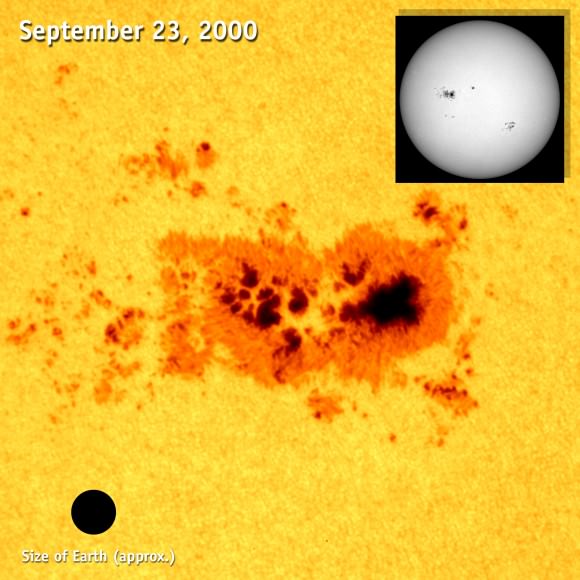
SOHO is also a champion comet hunter, recently topping an amazing 3000 comets and counting. Though it wasn’t designed to hunt for sungrazers, SOHO routinely sees ’em via its LASCO C2 and C3 cameras, as well as planets and background stars near the Sun. The effort to hunt for sungrazing comets crossing the field of view of SOHO’s LASCO C3 and C2 cameras represents one of the earliest crowd-sourced efforts to do volunteer science online. SOHO has discovered enough comets to characterize and classify the Kreutz family of sungrazers, and much of this effort is volunteer-based. SOHO grew up with the internet, and the images and data made publicly available are an invaluable resource that we now often take for granted.
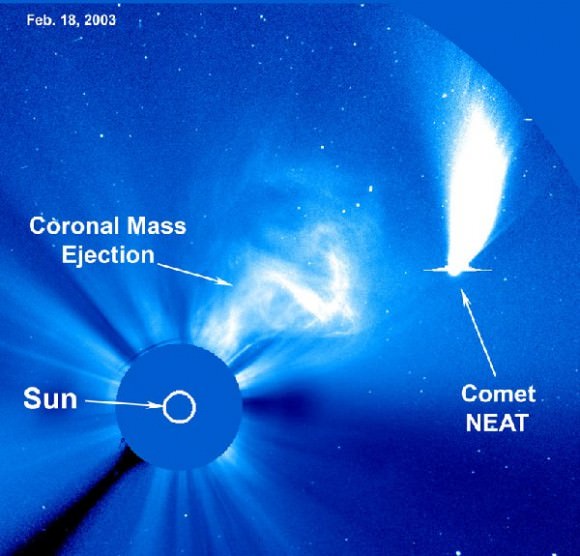
NASA/ESA has extended SOHO’s current mission out to the end of 2016. With any luck, SOHO will complete solar cycle 24, and take us into cycle 25 to boot.
“Right now, it (SOHO) is operating in a minimally funded mode, with the bulk of its telemetry dedicated solely to the LASCO coronagraph,” Battams told Universe Today. “Many of its instruments have now been superseded by instruments on other missions. As of today it remains healthy, and I think that’s a testament to the amazing collaboration between ESA and NASA. Together, they’ve kept a spacecraft designed for a two-year mission operating for twenty years.”
Today, missions such as the Solar Dynamics Observatory, Hinode, and Proba-2 have joined SOHO in watching the Sun around the clock. The solar occulting disk capabilities of SOHO’s LASCO C2 and C3 camera remains unique, though ESA’s Proba-3 mission launching in 2018 will feature a free-flying solar occulting disk.
Happy 20th SOHO… you’ve taught us lots about our often tempestuous host star.
-It’s also not too late to vote for your favorite SOHO image.

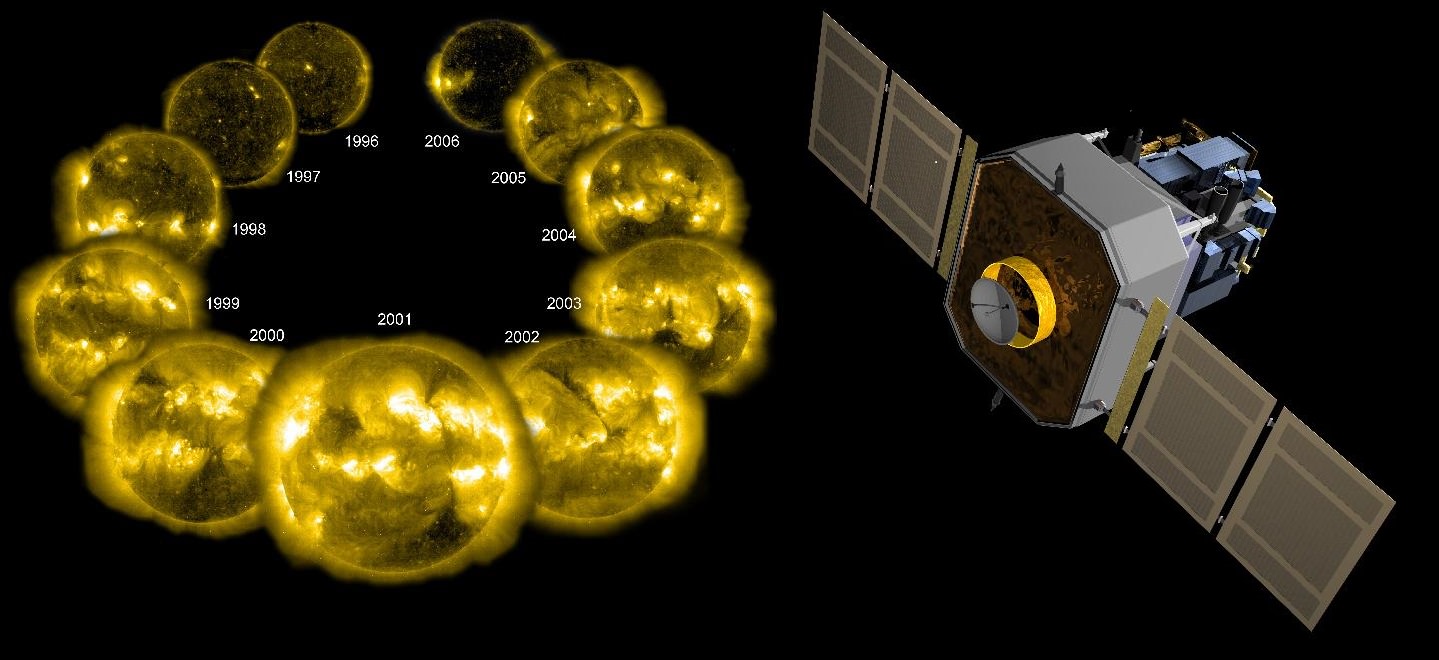
20 years – hard to believe. And it is still doing important work. What an incredible investment!
Astonishing. How long can SOHO continue, I wonder.